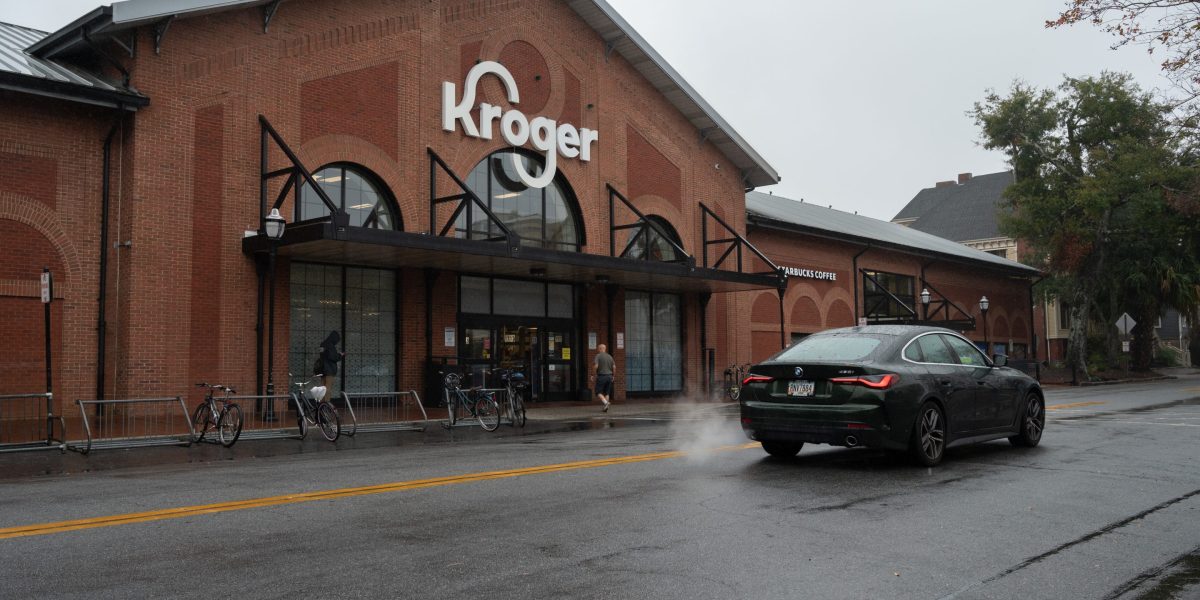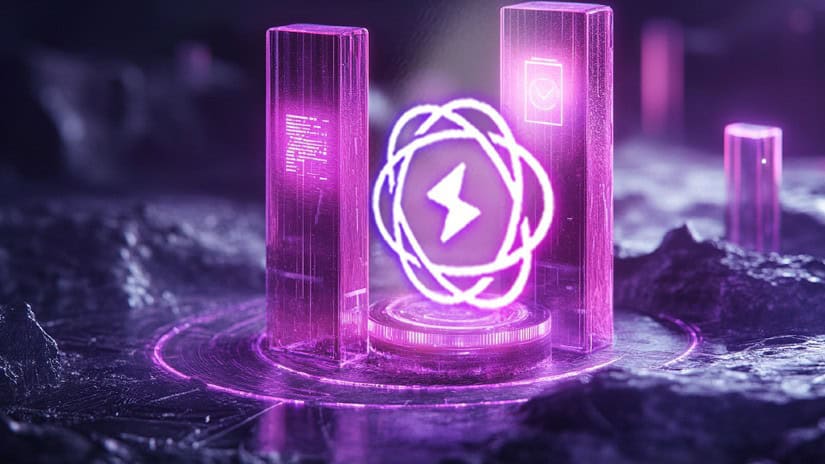For nearly seven months, the corridors of the International Space Station (ISS) have been devoid of the usual bustle of astronauts preparing for spacewalks. The halt came after a series of alarming incidents involving NASA’s aging Extravehicular Mobility Unit (EMU) spacesuits, which date back over four decades.
The most recent incident occurred in June 2024, when water began leaking into astronaut Tracy Dyson’s spacesuit during preparations for a scheduled spacewalk. The live transmission from the ISS captured her alarming declaration: “There’s water everywhere.” The spacesuit malfunction forced NASA to cancel the mission immediately and suspend all extravehicular activities (EVAs) indefinitely. The issue was later traced to a faulty seal and a problematic umbilical cord that connects the spacesuit to the ISS.
This wasn’t the first time NASA faced such issues. In 2013, a water leak forced ESA astronaut Luca Parmitano to abort his spacewalk abruptly, a harrowing experience that underscored the critical need for safer and more reliable spacesuits. Recognizing the growing risks, NASA paused all spacewalks in 2022 and again in 2024, pending a comprehensive review of the EMU suits.
A Critical Mission with High Stakes
Now, after months of troubleshooting and repairs, NASA has declared the EMUs fit for use, clearing the way for the resumption of spacewalks. The upcoming missions will focus on servicing vital scientific equipment and preparing the ISS for future upgrades.
The first mission will involve replacing a rate gyro assembly, a crucial component that helps stabilize the ISS’s orientation in space. Astronauts will also service the NICER X-ray telescope, an advanced observatory mounted on the station’s exterior. This telescope plays a pivotal role in studying neutron stars, black holes, and other high-energy cosmic phenomena.


In a subsequent mission, astronauts will turn their attention to the Alpha Magnetic Spectrometer (AMS), a sophisticated particle physics experiment designed to study antimatter and dark matter. The AMS has been a cornerstone of ISS research, and preparing it for future upgrades will ensure its continued contributions to groundbreaking discoveries.
Both missions underscore NASA’s commitment to maintaining the ISS’s scientific capabilities and infrastructure, even as the station nears the end of its operational lifespan.


The Challenges of Working in the Void
Spacewalks are some of the most physically and mentally demanding tasks astronauts undertake. The challenges are magnified when working in the harsh conditions of low Earth orbit, where temperatures swing from scorching to freezing in minutes, and every movement is carefully choreographed to minimize risk.
NASA’s current spacesuits, originally designed in the 1970s for the Space Shuttle Program, are nearing the end of their lifespan. These suits were groundbreaking in their time, but decades of use have exposed their vulnerabilities. Malfunctions, such as water leaks, have raised concerns about their safety and reliability.
In response, NASA has begun investing in next-generation spacesuits. In 2022, the agency awarded contracts worth $3.5 billion to Axiom Space and Collins Aerospace to develop modern spacesuits tailored to the needs of ISS missions and future lunar exploration under the Artemis program. Until these new suits are ready, astronauts will continue relying on the aging EMUs for critical extravehicular tasks.
A New Era for the ISS
The resumption of spacewalks comes at a crucial time for the ISS, which has been a beacon of international collaboration and scientific discovery for over two decades. With plans to retire the station in the next decade, NASA and its partners are focused on maximizing its remaining operational years.
For astronauts like Suni Williams and Butch Wilmore, who have been stationed on the ISS since arriving aboard Boeing’s troubled Starliner spacecraft in June 2024, these missions hold personal significance. The pair has been awaiting their return to Earth, now scheduled aboard a SpaceX Dragon spacecraft in March 2025. For Williams and Wilmore, these spacewalks are an opportunity to contribute to the ISS’s legacy before their long-awaited homecoming.
The missions also highlight the challenges of balancing the station’s maintenance with scientific research. Each spacewalk requires meticulous planning, coordination, and execution, often months in advance. The astronauts must train rigorously to ensure every task is performed flawlessly, as even minor mistakes can have significant consequences.
Got a reaction? Share your thoughts in the comments
Enjoyed this article? Subscribe to our free newsletter for engaging stories, exclusive content, and the latest news.






Leave a Comment